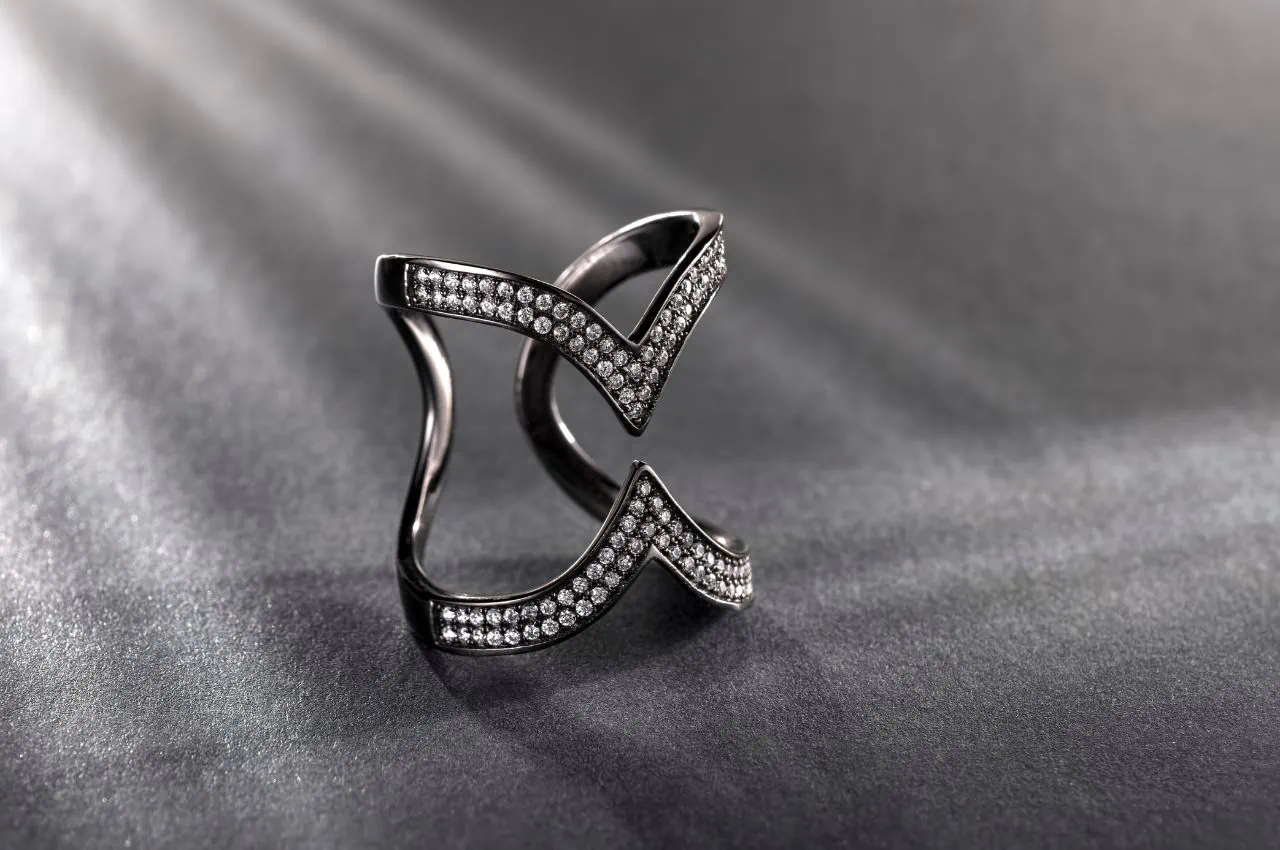
Table of Contents
In the world of jewelry, not all that glitters stays gleaming. Various metals used in jewelry, despite their beauty and luster, are prone to tarnishing over time. But what causes this change, and why do some metals tarnish while others retain their shine?
Let’s explore the science behind tarnishing, which metals are susceptible and the reasons behind their transformation.
What is Tarnishing?
Tarnishing happens when certain metals react chemically, causing a loss of shine, color change, and often a dull, gray, or black film. This reaction is common in jewelry metals like silver, copper, and brass. Tarnishing affects not just the look but also the metal’s surface and the jewelry’s overall life.
The main cause of tarnishing is the metal reacting with substances in the environment. Silver tarnishes due to its reaction with hydrogen sulfide in the air, forming a black layer of silver sulfide. Copper tarnishes when it meets oxygen and moisture, creating a greenish copper oxide. Brass, a mix of copper and zinc, reacts with oxygen, carbon dioxide, and moisture, turning into a dull, greenish layer called patina.
Tarnishing speed varies based on the metal’s purity, the environment, and exposure to chemicals or pollutants. Factors like high humidity, pollution, and contact with cosmetics or household chemicals can speed up tarnishing.
While tarnishing is often unavoidable, proper care and storage can reduce its effects, keeping the jewelry beautiful and valuable. Regular cleaning and maintenance can also remove tarnish and bring back the metal’s original shine.
Common Metals that Tarnish

In jewelry making, some metals are popular for their looks but tend to tarnish. Silver, copper, and brass are key examples.
Sterling silver, an alloy with 92.5% silver, is famous for its bright white shine and ability to be molded into detailed designs. However, it tarnishes black when exposed to sulfur in the air. Its beauty and ease of shaping keep it popular in fine jewelry.
Copper, known for its reddish-brown color, brings a warm tone to jewelry. It’s very flexible, good for various designs. But, it tarnishes green over time when it reacts with oxygen. Its affordability and unique color still make it a favorite choice.
Brass, a mix of copper and zinc, looks similar to gold. It’s not expensive and easy to shape in many ways. Brass tarnishes greenish because of its copper content. Yet, its gold-like look and adaptability keep it in demand for costume jewelry.
Even though these metals tarnish, they’re cherished for their beauty, flexibility, and color in jewelry making. With the right care, jewelry from these metals can stay beautiful over time, proving to be lasting choices in adornments.
Metals That Don’t Tarnish
Several metals, known for not tarnishing, are highly valued in jewelry making and other fields for their lasting appearance. These metals are prized for their enduring beauty and ability to stay tarnish-free, ensuring their attractiveness and value last.
Their resistance to tarnishing makes them ideal for fine jewelry and decorative items that face the elements or frequent use. Here’s a closer look:
1. Gold

A treasured metal, gold doesn’t tarnish or rust, thanks to its inert nature. It stays shiny and unaffected by most environmental elements. The higher the karat, the more resistant it is to tarnishing.
2. Platinum
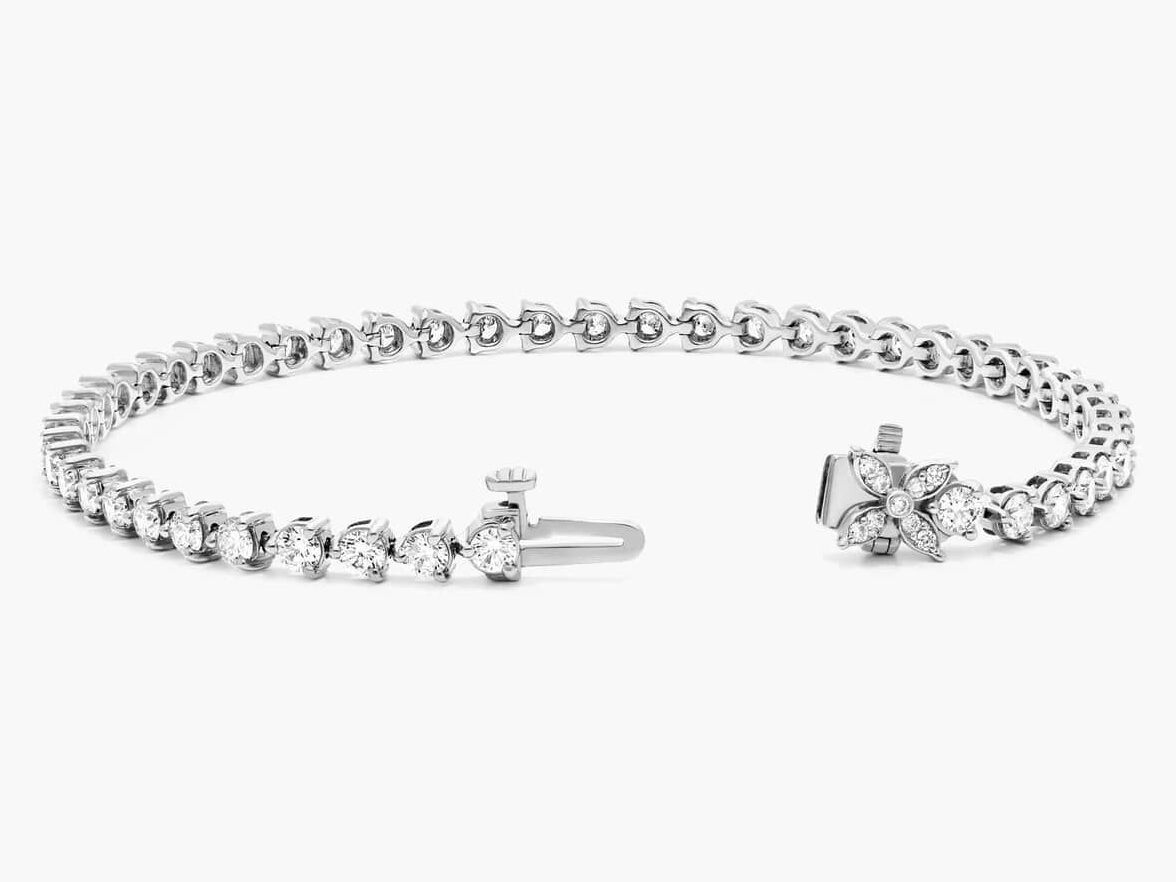
Durable and tarnish-resistant, platinum keeps its white shine over time. Its density and chemical stability protect it from tarnishing common in other metals.
3. Palladium
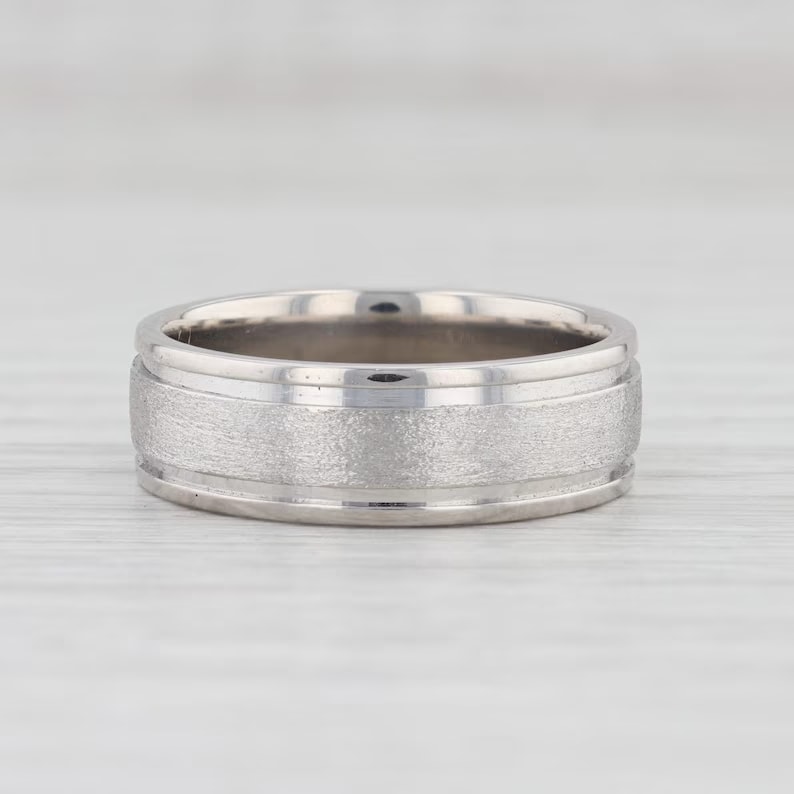
Like platinum, palladium is a rare, non-tarnishing metal. It’s light and naturally white, making it a preferred choice for long-lasting jewelry.
4. Titanium
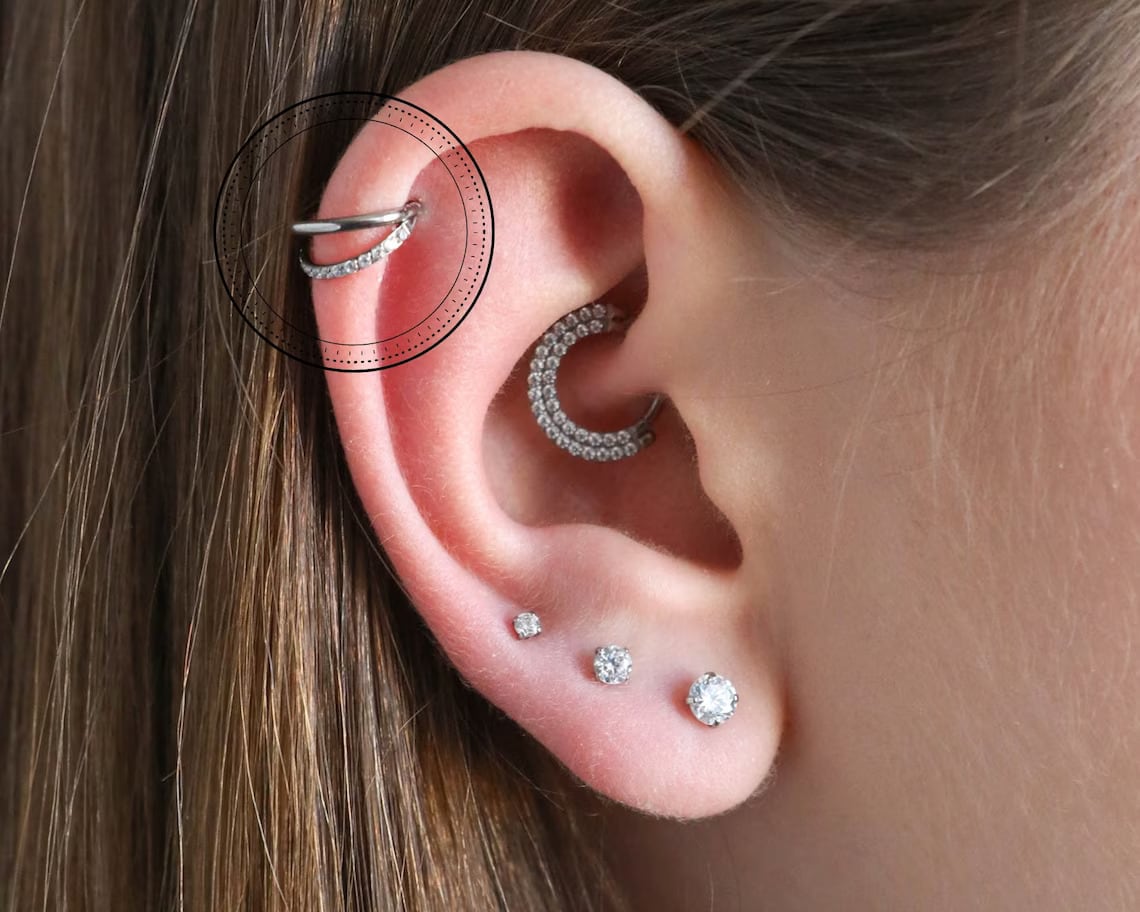
Known for its resistance to corrosion and tarnishing, titanium is also hypoallergenic and suitable for sensitive skin. Its strength and lightness make it popular for both jewelry and industrial uses.
5. Tungsten
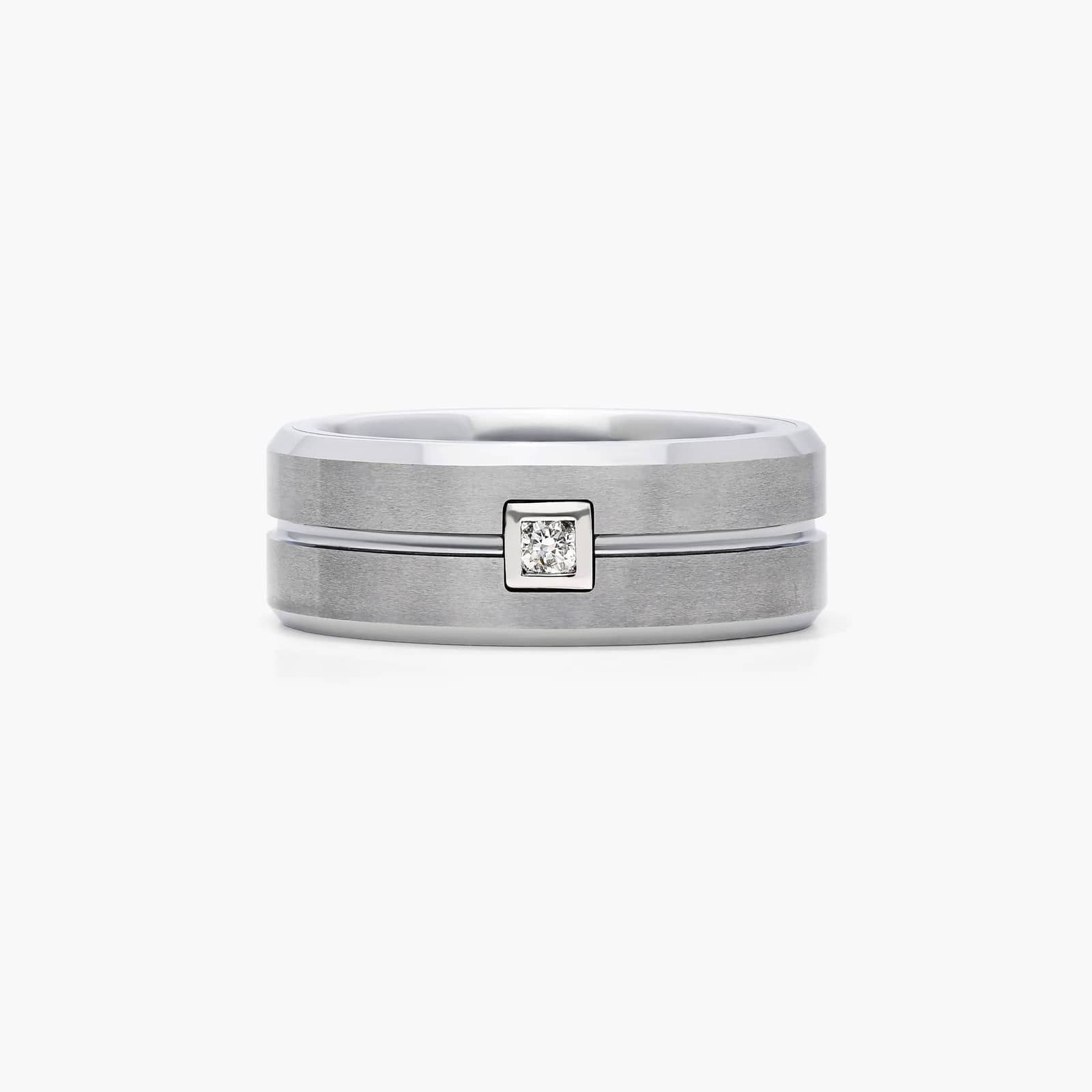
Tungsten resists tarnishing too. It’s very hard and dense, often used in jewelry in alloy form to keep a polished look for many years.
6. Rhodium
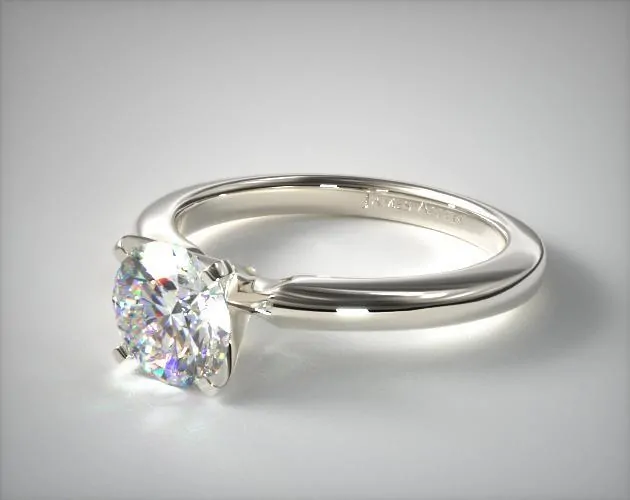
Not typically used in pure form for jewelry, rhodium plating is applied to metals like white gold to improve tarnish resistance and add a reflective white surface.
How to Prevent Tarnishing
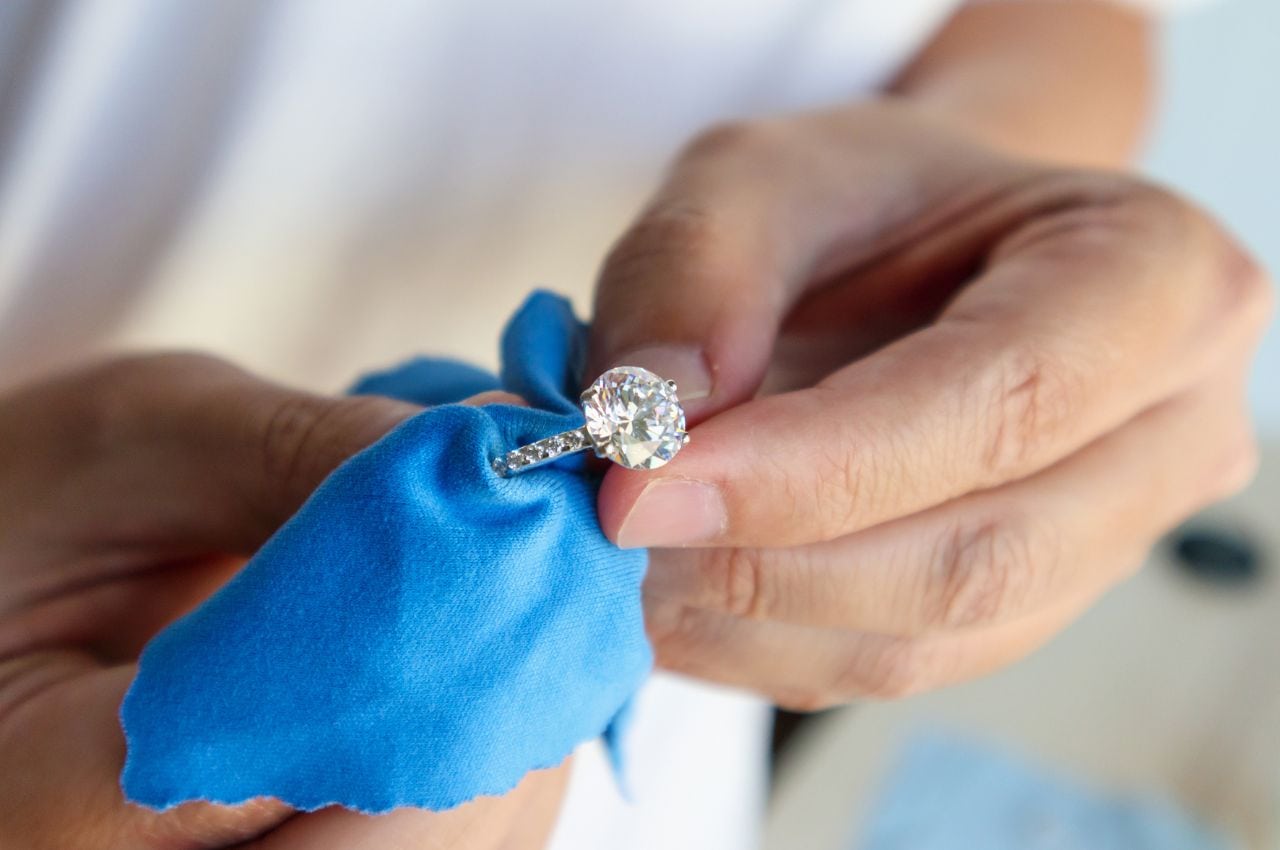
Preventing tarnish on susceptible jewelry metals like silver, copper, and brass involves careful handling and storage. Store your jewelry in a dry, cool place, preferably in airtight containers or zip-lock bags with anti-tarnish strips to minimize exposure to air and moisture.
Regularly cleaning your jewelry with a soft, dry cloth after wearing it can remove oils and residues that may contribute to tarnishing. Avoid exposure to harsh chemicals found in household cleaners, chlorine in pools, and beauty products like hairspray or perfume.
For added protection, consider applying a thin layer of clear nail polish or a specialized jewelry coating to create a barrier against tarnishing agents.
How to Restore Tarnished Jewelry
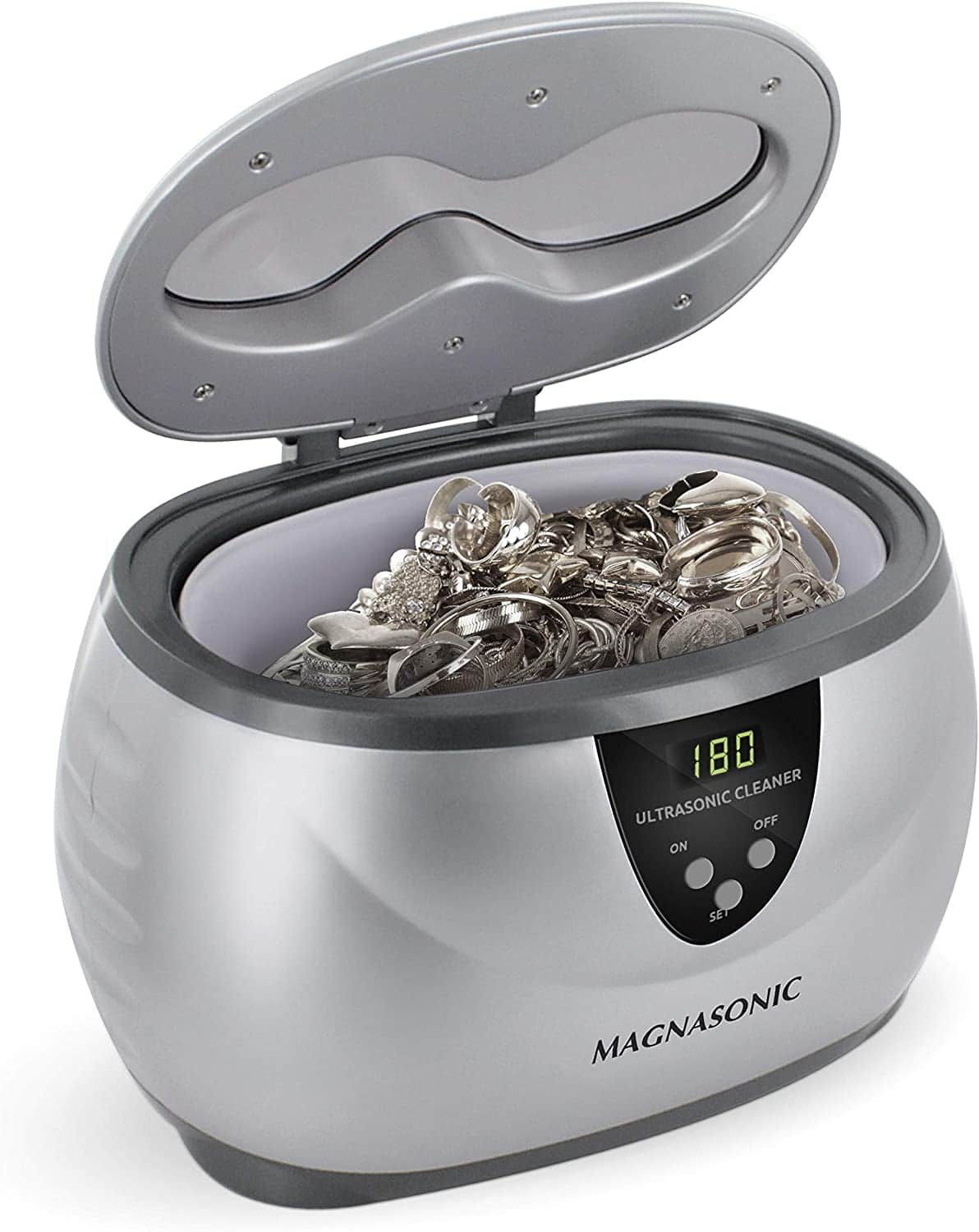
To restore tarnished jewelry, a variety of home remedies and professional cleaning methods are available. For light tarnish, a mixture of mild dish soap and warm water can be effective. Gently scrub with a soft toothbrush and dry thoroughly.
For heavier tarnish, use a silver polish or a homemade paste of baking soda and water. Apply the paste, gently rub with a soft cloth, and rinse. For intricate or valuable pieces, professional cleaning by a jeweler is recommended.
They use specialized methods and ultrasonic cleaners that safely and effectively remove tarnish without damaging the jewelry.
How Does Tarnishing Affect the Value and Aesthetics of Jewelry
Tarnishing can significantly impact the aesthetic appeal and value of jewelry. Tarnished pieces lose their luster and brilliance, appearing dull and unattractive. This can diminish the perceived value, especially in the eyes of potential buyers or appraisers.
Regular maintenance and proper care can preserve the jewelry’s beauty and value. Cleaning and storing jewelry correctly prevent tarnish buildup, ensuring the metal retains its original appearance and shine.
Timely restoration of tarnished pieces not only brings back their allure but also helps maintain their worth as cherished items in a collection.
Wrapping Up
Tarnishing often affects jewelry metals like silver, copper, and brass, but you can manage it well with the right care. Regularly cleaning your jewelry, storing it properly, and using protective methods are crucial to keeping your pieces beautiful and long-lasting.
By following these steps, you can maintain your jewelry’s sparkle and value, ensuring that the timeless appeal of these metals endures.









